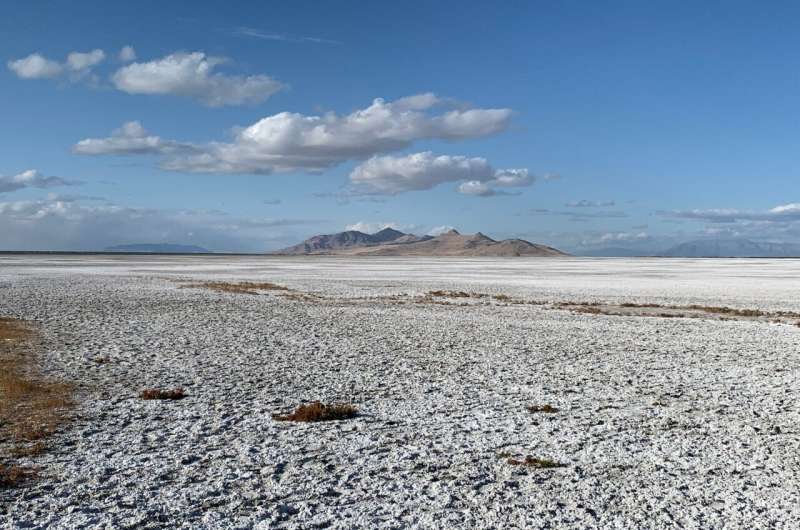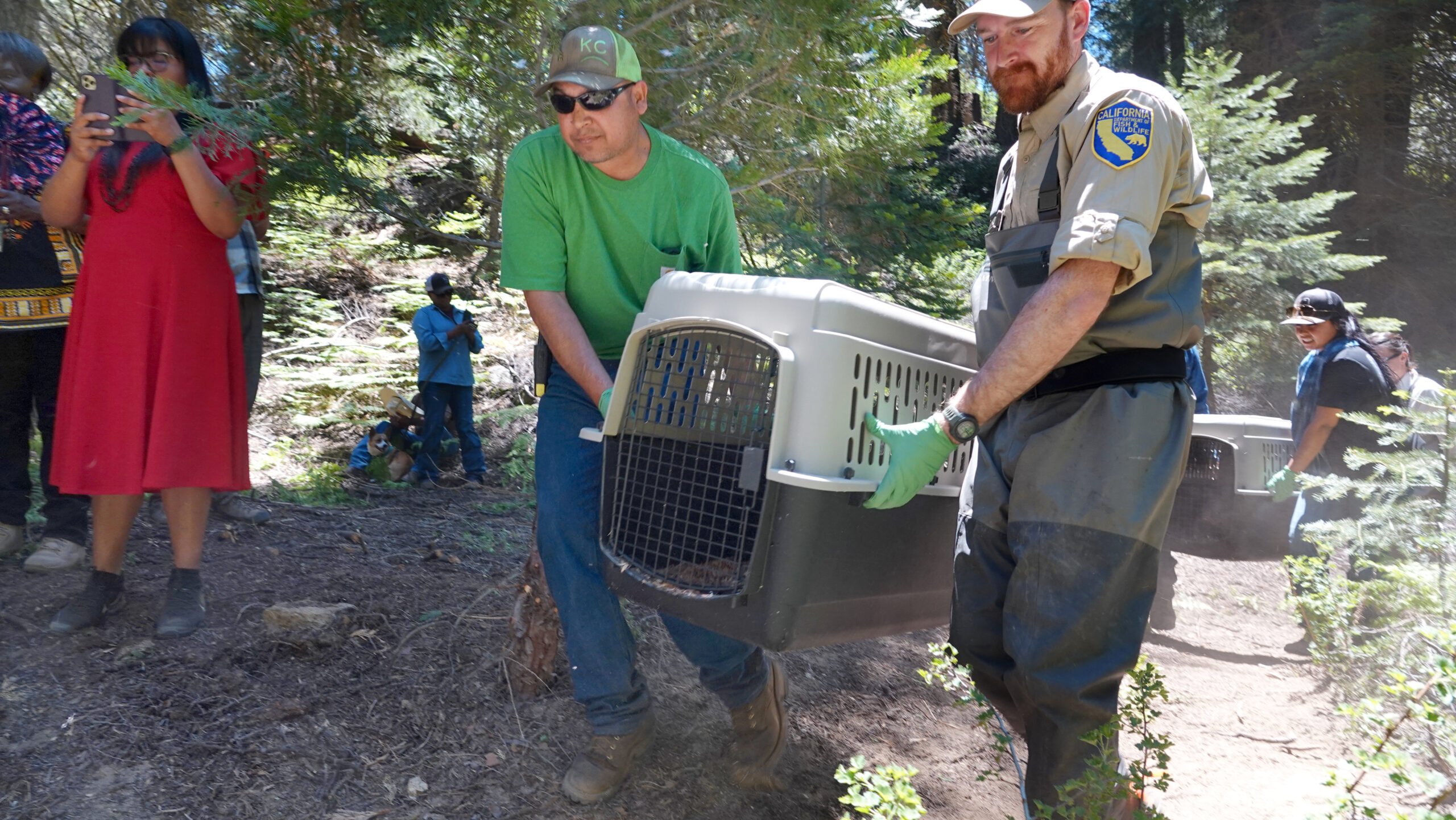Month: June 2024
BROCHURES READY TODAY!
MartinezBeaver Festival2024 12x8One of the best parts about holding a beaver festival is that strangers often drop out of the sky to tell you about exciting beaver things they are working on. Like the donated beaver costume. Like Crockett tiles who asked to join us all the way from Grass Valley. Like Bronson Beaver Builds a Robot.
And now this.
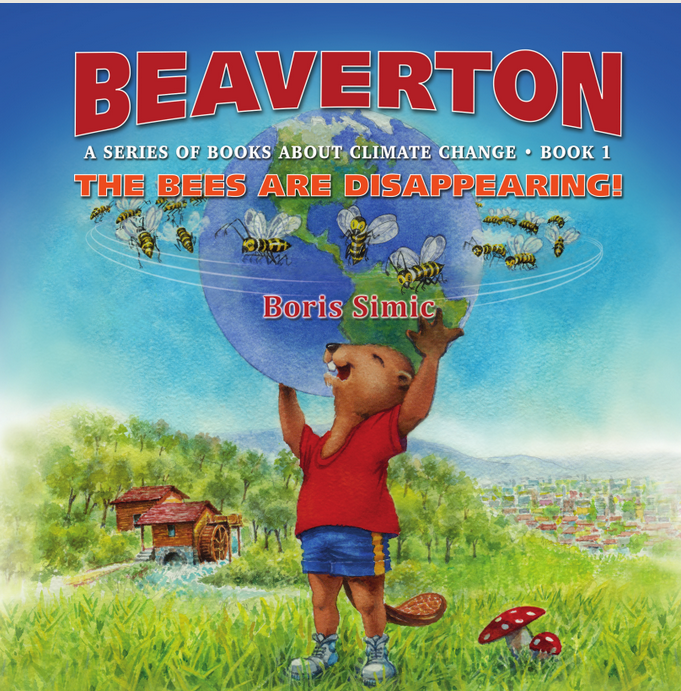 Boris Simic is a man whose family fled the Balkan wars and eventually settled in Louisville Kentucky. He somewhow heard about the beaver festival and immediately decided he wanted to join us. So he bought his plane ticket and will be tabling at the beaver festival.
Boris Simic is a man whose family fled the Balkan wars and eventually settled in Louisville Kentucky. He somewhow heard about the beaver festival and immediately decided he wanted to join us. So he bought his plane ticket and will be tabling at the beaver festival.
No, really.
In a small town in the Pacific Northwest called Beaverton lives Bobo the Beaver and his pack of close friends, Jamal the Big Black Bear, Tina the Fawn, Wolf Blitz, Lynxie the Lynx, Skee the Squirrel, and Chip the Chipmunk.
After Bobo and his pack learn how much climate change is starting to impact Beaverton, they band together to save their town and the planet.
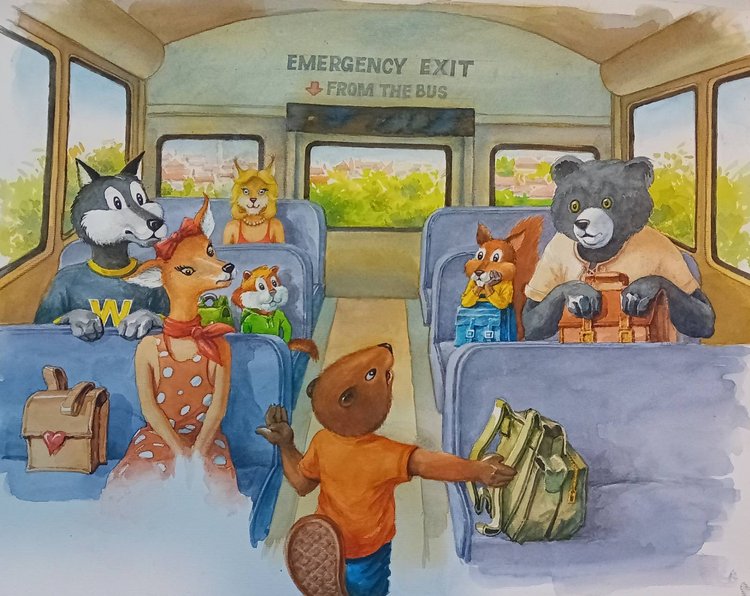 The Bees Are Disappearing describes and depicts with amazing illustrations, the fight, led by Bobo the Beaver and his group of friends, against the destruction of their town’s forest. So Bobo and the pack organize, along with their other classmates, each of whom have a unique ability to help prevent the deforestation of their beloved town in order to save the bees and other wildlife.
The Bees Are Disappearing describes and depicts with amazing illustrations, the fight, led by Bobo the Beaver and his group of friends, against the destruction of their town’s forest. So Bobo and the pack organize, along with their other classmates, each of whom have a unique ability to help prevent the deforestation of their beloved town in order to save the bees and other wildlife.
 Boris said he knows that flying to California will cost more than any book sales but he just wanted to meet beaver people. Which of course we have plenty of. I’m excited to meet Boris and hear all about how Bobo saves the bees and his town from climate change.
Boris said he knows that flying to California will cost more than any book sales but he just wanted to meet beaver people. Which of course we have plenty of. I’m excited to meet Boris and hear all about how Bobo saves the bees and his town from climate change.
The part that made me laugh is that I’m so old that I distinctly remember meeting another beaver buddy from Louisville Kentucky years ago. Remember this lad?
The great plains have lost groundwater at an alarming rate. And extra snowfall doesn’t seem to be replacing them. The problem will continue to get worse as the super hot summers more water is needed for crops.
Gee I wonder what could possibly help?
Satellites find that snow didn’t offset southwestern US groundwater loss
Record snowfall in recent years has not been enough to offset long-term drying conditions and increasing groundwater demands in the U.S. Southwest, according to a new analysis of NASA satellite data.
Declining water levels in the Great Salt Lake and Lake Mead have been testaments to a megadrought afflicting western North America since 2000. But surface water only accounts for a fraction of the Great Basin watershed that covers most of Nevada and large portions of California, Utah, and Oregon. Far more of the region’s water is underground. That has historically made it difficult to track the impact of droughts on the overall water content of the Great Basin.
Gosh if only there were some way of storing little pockets of land all over that could press that water down back into the aquifer. Too bad.
 While new maps show a seasonal rise in water each spring due to melting snow from higher elevations, University of Maryland Earth scientist Dorothy Hall said occasional snowy winters are unlikely to stop the dramatic water level decline that’s been underway in the U.S. Southwest.
While new maps show a seasonal rise in water each spring due to melting snow from higher elevations, University of Maryland Earth scientist Dorothy Hall said occasional snowy winters are unlikely to stop the dramatic water level decline that’s been underway in the U.S. Southwest.
The finding came about as Hall and colleagues studied the contribution of annual snowmelt to Great Basin water levels. “In years like the 2022-23 winter, I expected that the record amount of snowfall would really help to replenish the groundwater supply,” Hall said. “But overall, the decline continued.”
The research was published in March 2024 in the journal Geophysical Research Letters.
This was the sentence that blew my mind. I knew beavers were superheroes but I had zero idea that they could effect GRAVITY.
The original GRACE satellites, which flew from March 2002 to October 2017, and the successor GRACE–Follow On (GRACE–FO) satellites, which launched in May 2018 and are still active, track changes in Earth’s gravity due primarily to shifting water mass.
What do you know, It’s time for another beaver release on tribal lands. Yesterday beavers were returned to the Tule River near Upland from Fresno. They trap a bundle of beavers in the vicinity so I’m sure they had their pick of candidates. Three adults, one yearling and three kits were released back to the Tule tribe who have been asking for beavers for literally ever or at least as long the San Pedro has been trapped out.
Beavers are Back on Tule River Tribe Lands in the Southern Sierra Nevada
After years of work by the Tule River Tribe, a family of seven beavers has been released into the South Fork Tule River watershed on the Tule River Indian Reservation as part of a multi-year beaver reintroduction effort done in partnership with the California Department of Fish and Wildlife (CDFW).
Beavers play a critical role in the ecology and stewardship of the land. They build dams that retain water on the landscape, extending seasonal flows, increasing summer baseflows, improving drought and wildfire resilience and better conserving the Tribe’s drinking water supply, of which about 80% comes from the Tule River watershed.
CDFW wildlife biologists also expect to eventually see better habitat conditions for a number of endangered amphibian and riparian-obligate bird species, including foothill and southern mountain yellow-legged frogs, western pond turtle, least Bell’s vireo and southwestern willow flycatcher.
Gee do ya think? It’s hard to be cynical about anything in this release because I remember getting emails from McDarment asking for beavers since we first published our papers.
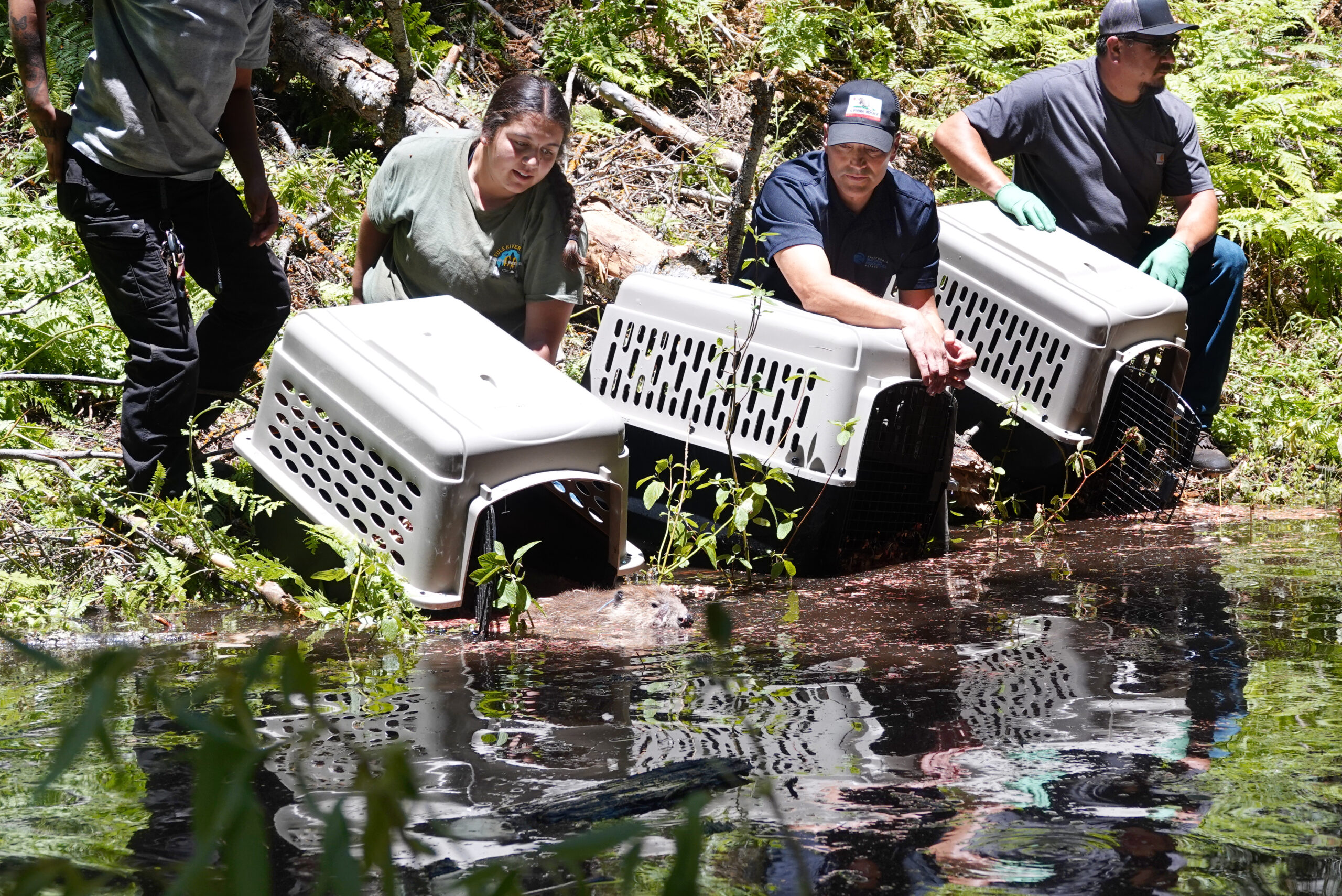 “We’ve been through numerous droughts over the years. Going through these droughts we were wondering how we can conserve, save water, get water here on our lands,” said Kenneth McDarment, a Tule River Tribe member and past tribal councilman. “The answer was in our pictographs.”
“We’ve been through numerous droughts over the years. Going through these droughts we were wondering how we can conserve, save water, get water here on our lands,” said Kenneth McDarment, a Tule River Tribe member and past tribal councilman. “The answer was in our pictographs.”
Estimated to be between 500 and 1,000 years old, beaver pictographs can be seen at Painted Rock next to the South Fork Tule River on the 55,356-acre reservation. Tribal elders recall beavers being present in the high elevation meadows when they were young, but prior to this release, beavers have not been present on the reservation for decades.
“We can make our future different from our past,” said CDFW Director Charlton H. Bonham. “Our past is one where we treated these animals and others as varmints, as nuisances, and our culture over time ran them off the landscape. That can’t be our future.”
Well technically we treated these animals as hats. We didn’t get the idea they were vermin until YOU told us they were in the 1950s. But I guess that’s blood under the bridge now.
Ten years ago, tribal leaders set a course to bring beavers back to the Tule River watershed, and through research, advocacy, and the state’s pursuit of nature-based solutions, CDFW received state funding to launch its Beaver Restoration Program in 2022. The program created a pathway for the Tribe to reintroduce beavers into their river waters, supporting efforts to ready sites to receive the beavers.
The program partners with tribes, non-governmental organizations, private landowners and other state, federal and local agencies to implement beaver restoration projects.
Before the beavers’ arrival, Tule River Tribe spiritual leader JR Manuel performed a blessing and was joined by Anthony Hunter of the Tachi Yokut Tribe and Elder Robert Gomez, chairman of the Tubatulabal Tribe.
“I’m very happy to see (the beavers) come home and it’s going to be wonderful to watch them do their thing,” said McDarment. “People will be educated even more by seeing the work that they do and the benefits they bring to the environment. My hope is to have the beaver throughout the reservation and all the watershed that we have.”
The initial June 12 release included three adult beavers, one subadult and three babies, or “kits.” Two additional beavers were released into Miner Creek on the Tule River Reservation June 17 and more will be reintroduced in coming months and years to reestablish a genetically diverse population in the watershed.
If they don’t get eaten first. Here’s hoping.
CDFW wildlife biologists remained on site in the days following the release to monitor the beavers’ behavior. According to the latest report from the field team, the family group has remained together at the release site on Eagle Creek.
Organizations also supporting the Tule River Tribe in its beaver restoration efforts include the U.S. Fish and Wildlife Service, the Tulalip Tribes Beaver Project, U.S. Forest Service (Sequioa National Forest and South Pacific Research Station), the Occidental Arts and Ecology Center, Swift Water Design and Acorn Environmental.
I guess that explains why none of them can attend the beaver festival this year. I’m happy the Tule tribe finally gets their beavers.
This video is from their media packet. It was too big to upload to our website and they hadn’t put it on their channel yet so I am temporarily putting it on ours. Enjoy these clips. There are long pauses between them but they are fun to watch,




